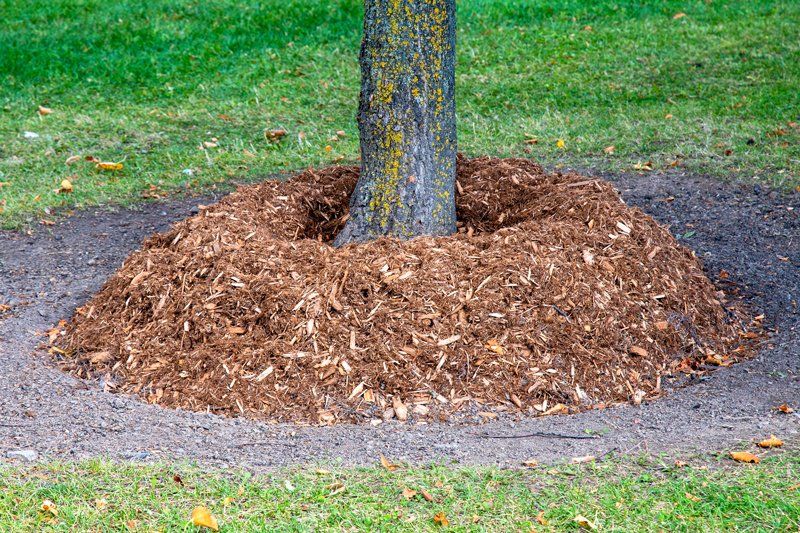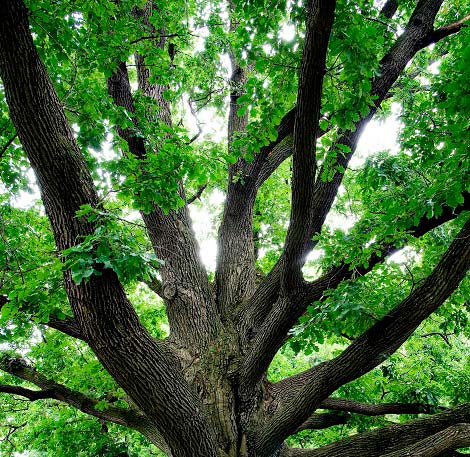8 Signs That Your Tree Is Dying
Trees are a vital part of the environment. They also create a beautiful landscape for homeowners. Thus, we should take care of our trees to protect the benefits they provide to us. Noticing the signs of a dying tree is a key aspect of this protection. Here are eight preliminary signs of tree death.
1. Discoloration of Leaves
When a tree's leaves experience abnormal color changes outside seasonal color shifts, it shows that the tree is dying. Chlorosis and foliage wilt will turn the leaves to yellow, red, and orange colors. Changes in leaf color can result from disease, pests, drought, or nutrient deficiency.
2. Falling Leaves
Leaves have a natural life cycle where they grow to a certain point and then die. A high number of fallen leaves can signify that a tree is dying. If the leaves fall prematurely, it shows that the tree is unhealthy. Also, an unusually high number of fallen leaves indicates that the tree struggles to maintain its normal growth rate. Thus, the tree sheds its leaves to conserve energy.
3. Damaged Bark
Factors that can damage a tree bark include insects, diseases, and physical damage. Certain insects, like borers and beetles, can tunnel into tree bark and cause extensive damage. Physical damage to tree bark can also occur from things like lawnmowers, string trimmers, or even rough handling.
The tree bark acts as a protective barrier for the tree trunk. The barrier becomes compromised when damaged. Damaged bark exposes the inner wood to potential problems like insect infestation or fungal growth. Also, damaged bark makes it difficult for a tree to transport water and nutrients from its roots. A lack of water and nutrition can further lead to growth stress and decline.
4. Dying Branches
The most common reason for branch death is a lack of water or nutrients. The branches will become brittle and break easily if a tree does not receive water regularly. Also, inadequate sunlight causes the branches to become thin and weak.
5. Fungal Growth
Fungi feed off of decaying matter. Thus, fungal growth indicates that the tree struggles to reproduce healthy cells. When a tree is alive, it constantly produces new cells to replace old ones that die. However, when a tree dies, it stops producing new cells, and the existing cells begin to break down.
The fungi leverage this condition to further break down the tree's matter and use it as food. Over time, the fungi will cause the tree to rot away completely. Fungal growth can appear as cankers and mushrooms that grow out of the tree trunk.
6. Leaning Trunk
Tree trunks can lean because the tree roots do not anchor the tree properly in the ground. A leaning trunk can result from an improper plantation. For example, the planter placed the tree sapling tree in an area with poor soil. Heavy-duty equipment during construction or excavation can also damage the roots.
Finally, trees can lean if they are top-heavy. A tree becomes top-heavy when more weight is on one side of the trunk than the other. Storms that damage branches on one side of the tree can cause it to become top-heavy.
7. Heaving Roots
Heaving roots indicate that the tree can no longer anchor itself in the ground. When a tree can no longer anchor itself, it risks toppling over. Extreme weather conditions like strong winds and heavy rains can topple a tree with heaving roots.
8. Sloughing Bark
Sloughing bark occurs when the tree sheds its outer layers of bark. Sloughing bark can result from several factors, such as disease, pests, injury, and extreme weather conditions. Sloughing bark indicates that the tree can no longer protect itself from the elements.
Early detection and diagnosis of tree issues can prevent the complete death of your trees. Contact a certified arborist immediately if you notice these eight telltale signs. The arborist will examine the tree and recommend a treatment plan to restore the health of your tree. They can also advise on extreme measures such as felling the tree to prevent environmental damage.
Contact us at McClain's Tree Experts to receive guidance with any tree problems.
LOCATION
BUSINESS HOURS
Seven Days a Week: 8:00 am - 5:00 pm
24-Hour Emergency Service




